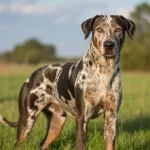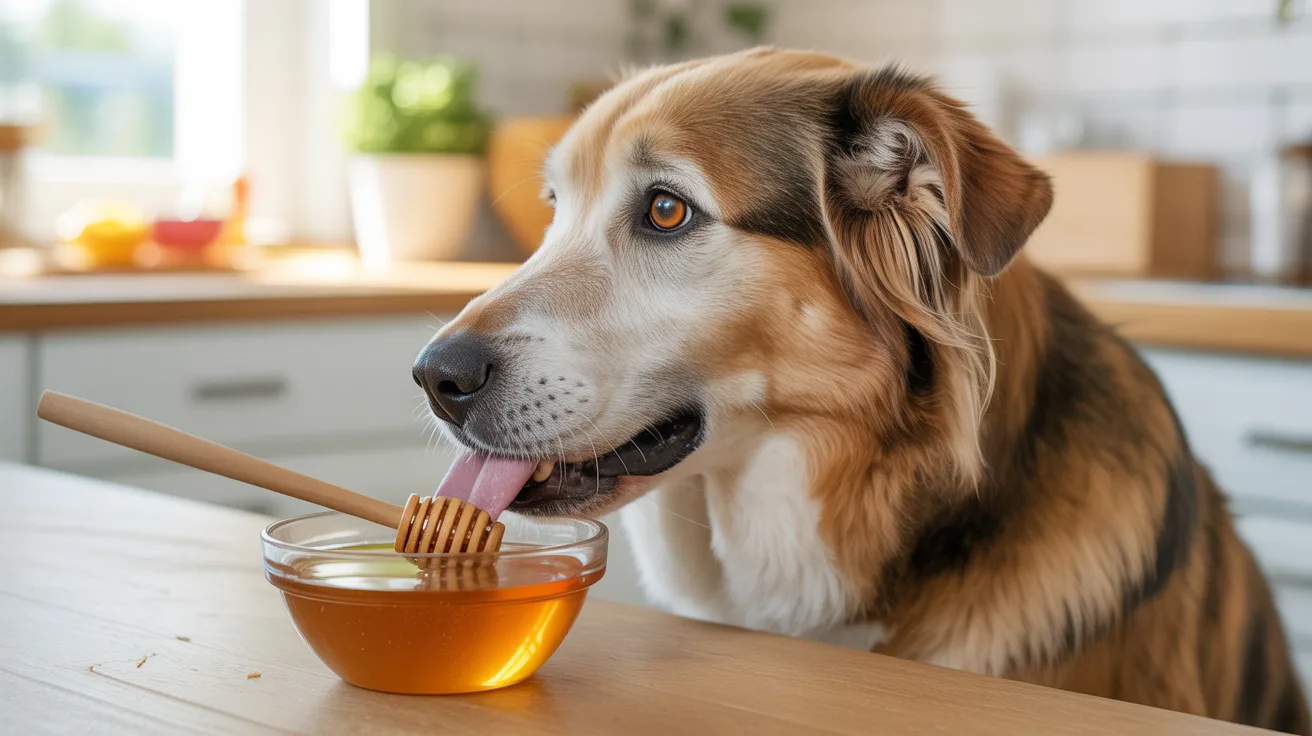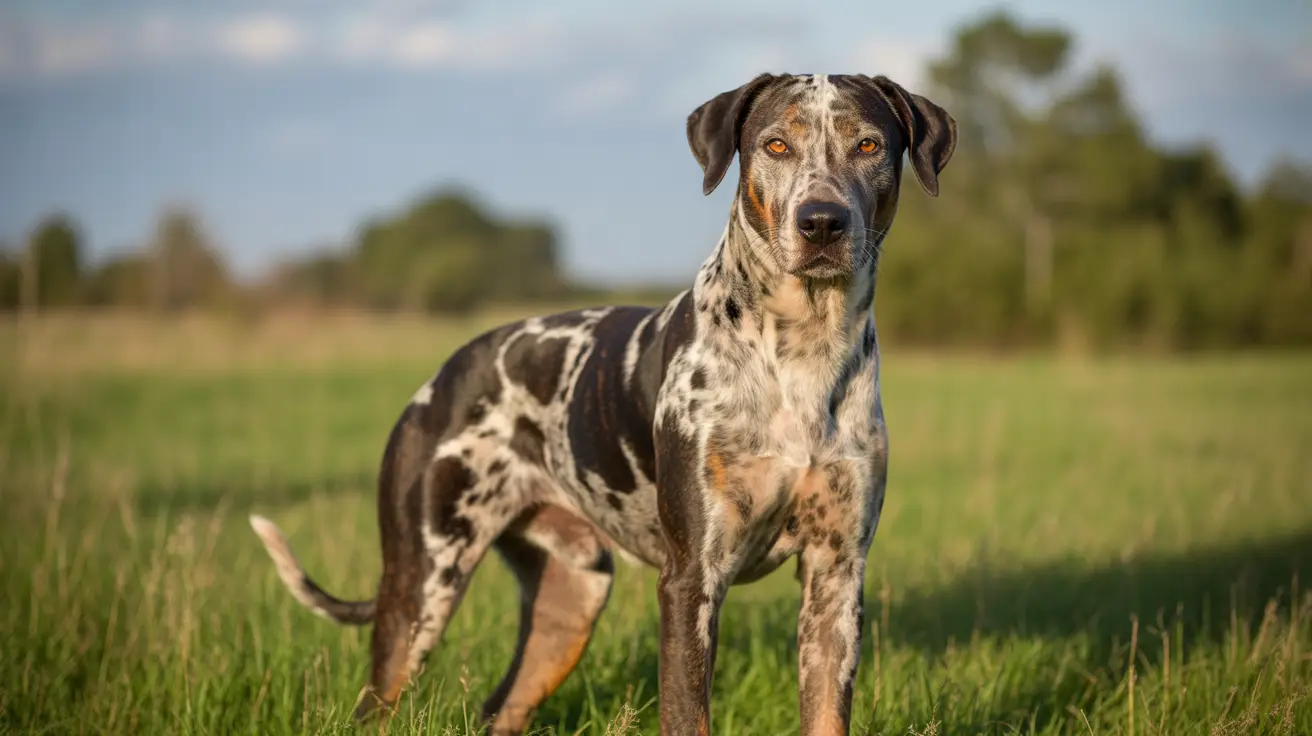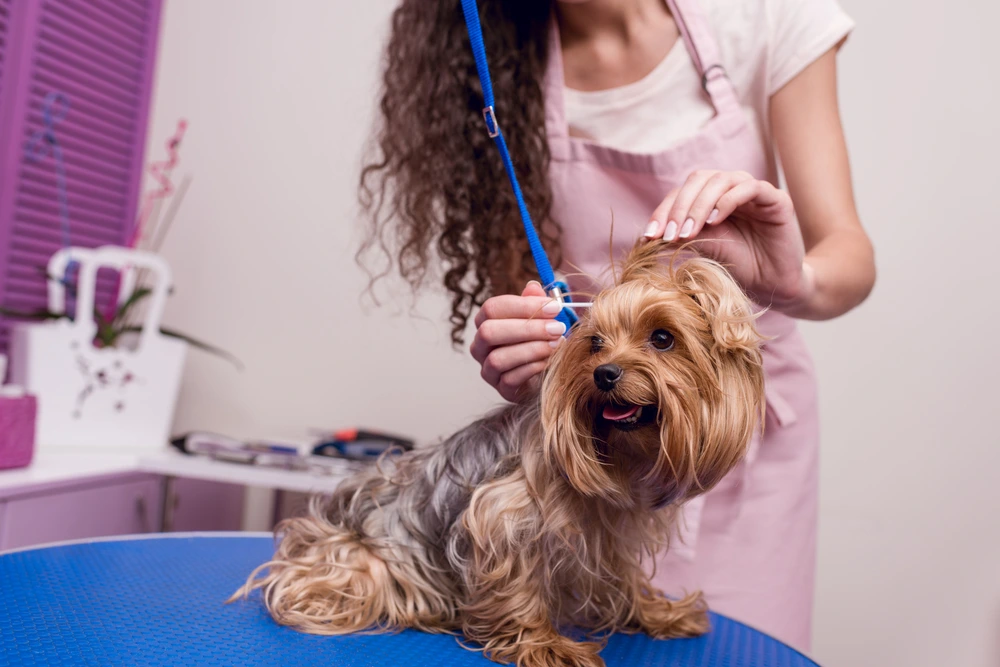With their elegant build, confident stance, and striking mahogany coat, the Red Doberman is one of the most eye-catching dogs you’ll ever see. While the black-and-tan Doberman may be more common, the red variation brings a unique warmth to this loyal and intelligent breed.
If you’re curious about the Red Doberman’s temperament, care needs, and personality, this guide covers everything you should know — from their origins to what life is really like sharing your home with one.

Content
Red Doberman Traits and Characteristics
Red Dobermans are known for being alert, loyal, and energetic. They’re intelligent enough to quickly learn commands but strong-willed enough to need consistent leadership.
Some standout Red Doberman personality traits include:
- Protective yet affectionate: They’re excellent guard dogs but deeply bonded to their families.
- Energetic and playful: Perfect for active households that love outdoor adventures.
- Smart and sensitive: They pick up on human emotions quickly, making them intuitive companions.
Their appearance — the deep red coat paired with sharp amber eyes — gives them a regal, confident aura. But beneath that proud look is a dog that thrives on affection and clear structure.
A Brief Look at the Red Doberman’s Origins
The Doberman Pinscher was originally bred in Germany by tax collector Karl Friedrich Louis Dobermann in the late 19th century. His goal? To create the perfect protection dog — loyal, brave, and intelligent.
Red Dobermans emerged as a natural color variation in early breeding lines. While black Dobermans remain the most recognized, the red variation quickly gained popularity for its distinctive appearance.
Over the decades, Red Dobermans have proven their worth in various roles — from war heroes to police dogs to beloved family protectors.
Temperament: Loyal Hearts with Strong Instincts
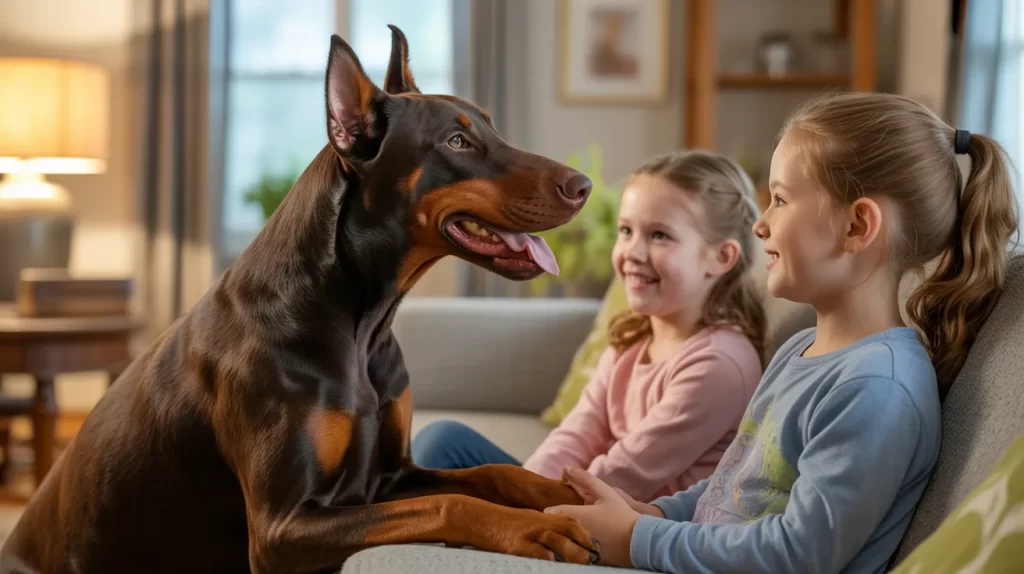
When it comes to temperament, the Red Doberman balances strength with sensitivity. They are alert and protective without being overly aggressive, provided they’re well-trained and socialized early.
This breed forms incredibly strong attachments to their owners. A Red Doberman will likely follow you around the house, watch over you during walks, and always stay alert to anything unfamiliar. That loyalty is both their greatest strength and the reason they can develop separation anxiety if left alone too long.
Many owners describe their Dobermans as “velcro dogs” because they love to stay close — emotionally and physically. That’s part of their charm and what makes them such devoted family members.
Read More About: Are Roses Toxic to Cats?
Care Guide: How to Care
Caring for a Red Doberman requires attention, structure, and plenty of activity. They are high-energy dogs that thrive on daily exercise and mental stimulation.
1. Exercise and Activity
Red Dobermans need at least 60–90 minutes of daily exercise. This can include brisk walks, runs, or agility training. Without enough activity, they can become restless or destructive.
Pro Tip: Red Dobermans love having a “job” — whether it’s obedience training, agility courses, or even learning fun tricks. Keeping their mind engaged is as important as physical exercise.
2. Grooming and Coat Care
Their short coat is low-maintenance, but regular brushing once a week helps keep the shine. Because of their thin fur, they may need a dog jacket during colder months.
3. Diet and Nutrition
A Red Doberman’s diet should include high-quality protein and essential fats to maintain muscle and coat health. Consult your vet for specific needs, especially if your Doberman is very active.
4. Training and Socialization
Early training and positive reinforcement are key. Red Dobermans are highly trainable but respond best to firm yet kind guidance. Socialize them early with other pets and people to prevent overprotective tendencies.
5. Health and Vet Care
Common Red Doberman health issues include hip dysplasia, hypothyroidism, and cardiomyopathy. Regular vet checkups and a balanced lifestyle can help prevent most problems.
Real-Life Case Study: Max, the Red Doberman from Seattle
Max, a 4-year-old Red Doberman from Seattle, perfectly represents this breed’s balance of strength and devotion. His owner, Lisa, adopted him from a breeder who specialized in Dobermans for active families.
In the beginning, Max struggled with separation anxiety — whining whenever Lisa left the room. Through consistent training, daily runs, and puzzle toys for mental stimulation, Max became calmer and more confident.
Now, Max joins Lisa on 5K runs and agility competitions, showing how this breed can channel its energy into positive, structured activities. Lisa says:
“Owning a Red Doberman is like having a best friend who always has your back — loyal, protective, and full of personality.”
This real-life example shows how understanding your dog’s temperament and providing the right care can turn challenges into lifelong companionship.
Are Red Dobermans Good Family Dogs?
Yes — when properly trained and socialized, Red Dobermans make excellent family dogs. They’re gentle with children, loyal to their owners, and always alert to protect their loved ones.
However, they need experienced owners who can provide strong leadership and plenty of engagement. First-time dog owners should do their research or work with a professional trainer.
Red Dobermans thrive in active homes where they’re treated as part of the family — not left alone for long periods.
Conclusion
The Red Doberman is more than just a beautiful variation of the Doberman Pinscher — it’s a loyal, intelligent, and affectionate companion for those ready to invest time and love into their care. If you’re thinking about adding one to your family, prepare for an energetic yet devoted partner who will give you endless loyalty in return.
Owning a Red Doberman isn’t just about having a pet — it’s about forming a lifelong bond built on trust, structure, and mutual respect.
If your Red Doberman shows signs of stomach upset, it’s important to learn about Giardia in Dogs and how this parasite can affect your pet’s health.
FAQs
Are Red Dobermans rare?
They are less common than black ones but are one of the four official Doberman coat colors.
Are Red Dobermans calmer than black?
No major difference — Red and black Dobermans share the same temperament, shaped mostly by training and care.
Do Red Dobermans have health issues?
Like all Dobermans, they can face heart and joint issues, but good care and regular vet visits help prevent problems.
What is the lifespan of a Red Doberman?
A healthy Doberman typically lives 10–13 years with proper care, balanced diet, and regular vet checkups.

Join Felipe Clark on a heartwarming journey through the world of pet adoption. He’s a true advocate for shelter animals, sharing stories that tug at the heartstrings and inspire adoption.







